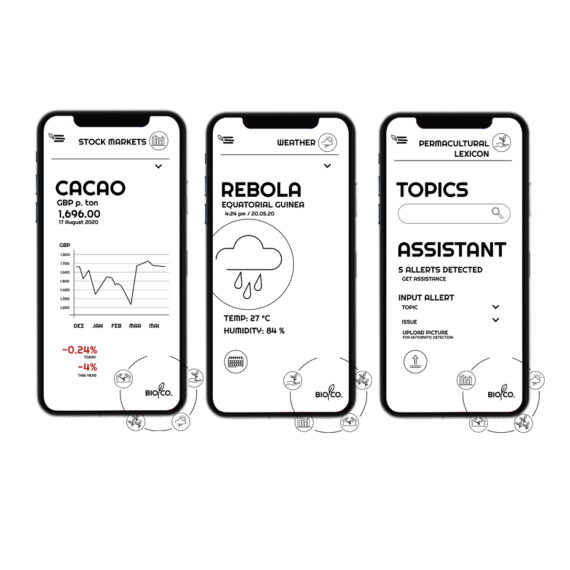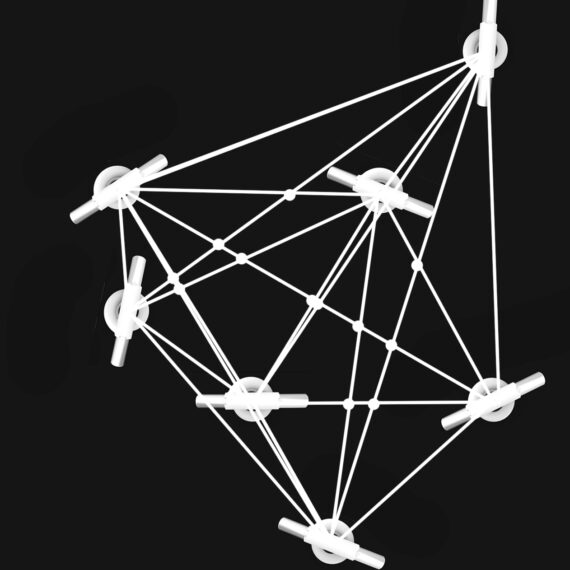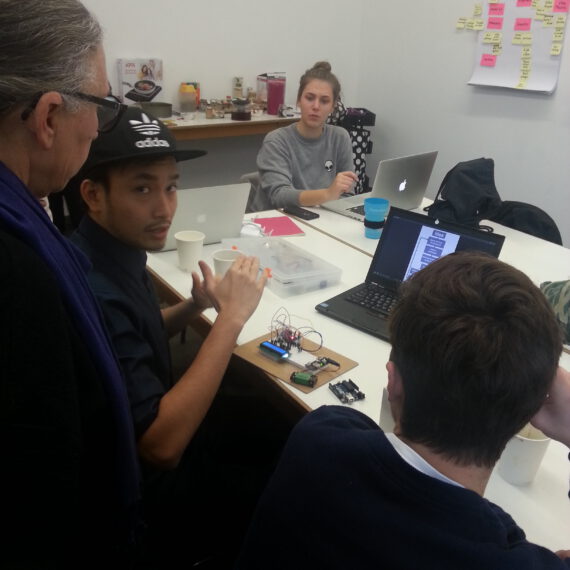Complexity through politics, social structures and a depletion based
economy
Equatorial Guinea has a complex history and political system.
The economy is similarly set up as in other African countries. The former centuries exploiting the continents’ resources are still visible and structures coming from this are still established.
The bill on this picture visualises the same. The higher the bill, the visualised industries on the bills, gets more and more socially and ecologically exploitative.
In the case of Equatorial Guinea, there are mostly two industries predominant: Construction, conducted by outside forces and oil plants. The former cacao small farmers find their own business, based on their needed labour input in relation to the share of the value chain little attractive.






































